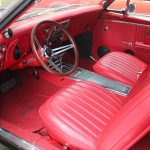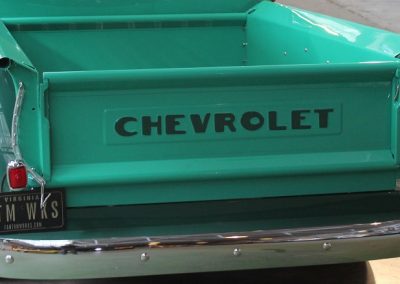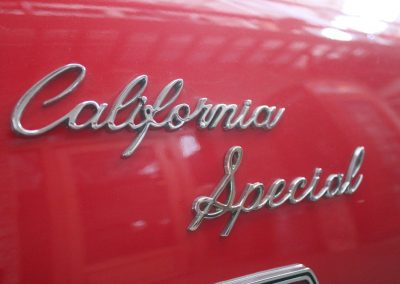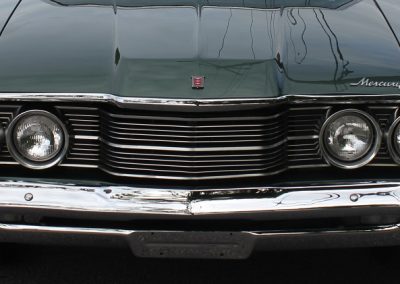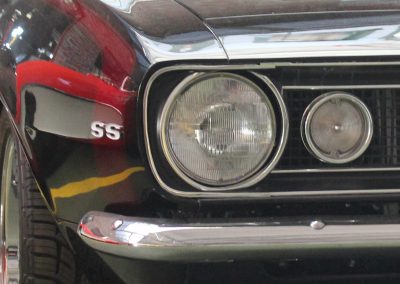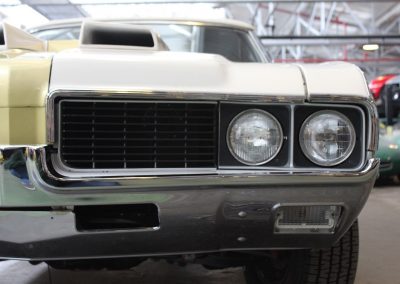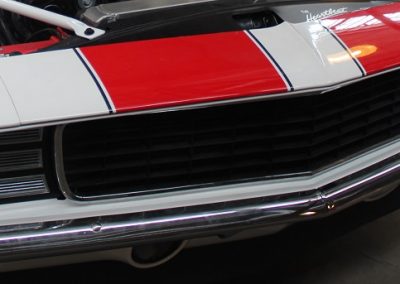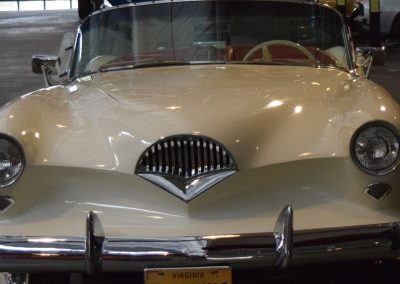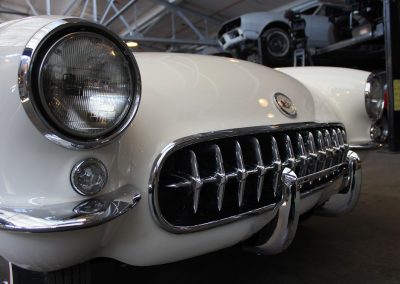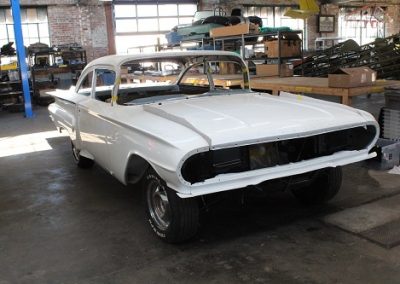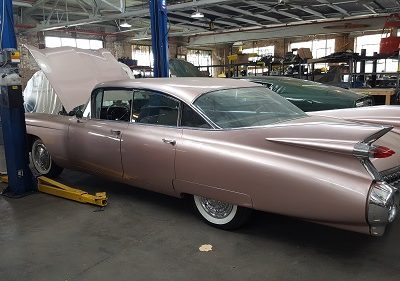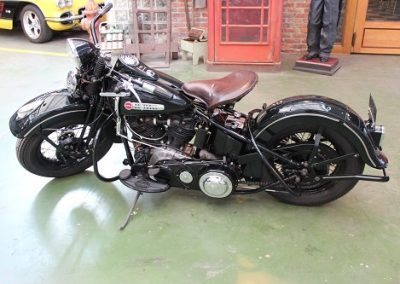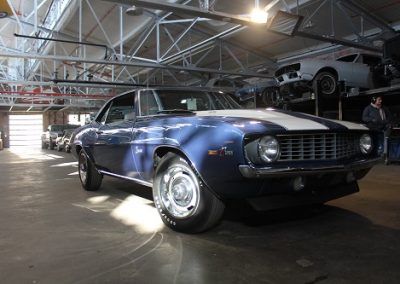1967 Chevrolet Camaro

As seen on Season Seven of FantomWorks
Owner Insight:
Explore the Project Galleries
Arrival
Dissassembly
Strip & Metal Fab
Mechanical
Body & Paint
Trim & Detail
Finish
The first-generation Chevrolet Camaro appeared in Chevrolet dealerships in September 1966 for the 1967 model year on a brand-new rear-wheel drive GM F-body platform and was available as a 2-door, 2+2 seat, hardtop (no “B” or center pillar) or convertible, with the choice of either a straight-six or V8 engine. The first-generation Camaro was built through the 1969 model year.
Almost all of 1967-1969 Camaros were built in the two U.S. assembly plants: Norwood, Ohio and Van Nuys, California. There were also five non-U.S. Camaro assembly plants in countries that required local assembly and content. These plants were located in the Philippines, Belgium, Switzerland, Venezuela, and Peru.
The 1967 Camaro shared the subframe / semi-unibody design with the 1968 Chevy II Nova. Almost 80 factory and 40 dealer options, including three main packages, were available: the RS, the SS and the Z/28. This
The SS included a 350 cu in (5.7 L) producing 295 bhp (299 PS; 220 kW) at 4800 rpm and 380 lb⋅ft (515 N⋅m) at 3200 rpm of torque; and the L35 and L78 396 cu in (6.5 L) big-block V8 engines producing 375 bhp (380 PS; 280 kW) at 5600 rpm and 415 lb⋅ft (563 N⋅m) at 3600 rpm of torque were available. The SS featured non-functional air inlets on the hood, special striping, and SS badging on the grille, front fenders, gas cap, and horn button. It was possible to order both the SS and RS options, making it a SS/RS. In 1967, a Camaro SS/RS convertible with a 396 engine paced the Indianapolis 500.
The Z/28 option code was introduced in December 1966 for the 1967 model year. It was the brainchild of Vince Piggins, who conceived offering “virtually race-ready” Camaros for sale from any Chevrolet dealer. This option package was not mentioned in any sales literature, so it was unknown to most buyers. The Z/28 option required power front disc brakes and a close-ratio Muncie 4-speed manual transmission (posi-traction was optional). It featured a 302 cu in (4.9 L) small-block V-8 engine, 3″ stroke crankshaft with 4″ bore, an aluminum intake manifold, and a 4-barrel vacuum secondary Holley carburetor of 780 cfm. The engine was designed specifically to race in the Trans Am series (which required engines smaller than 305 cu in (5.0 L). Advertised power of this engine was listed at 290 hp (216 kW). This is an under-rated figure. Chevrolet wanted to keep the horsepower rating at less than 1 hp per cubic inch, for various reasons (e.g. insurance and racing classes). The factory rating of 290 hp occurred at 5300 rpm, while actual peak for the high-revving 302 was closer to 360 hp (268 kW) (with the single four barrel carb) and 400 hp (298 kW) (with optional dual-four barrel carbs) at 6800-7000 rpm. The Z/28 also came with upgraded suspension, racing stripes on the hood and trunk lid, ‘302’ front fender emblems on the 67 and early 68 cars, and ‘Z/28’ emblems in late 68 & 69. It was also possible to combine the Z/28 package with the RS package.
Only 602 Z/28s were sold in 1967, along with approximately 100 Indianapolis Pace Car replicas. The 1967 and 1968 Z/28s did not have the cowl induction hood, optional on the 1969 Z/28s. The 1967 Z28 received air from an open element air cleaner or from an optional cowl plenum duct attached to the side of the air cleaner that ran to the firewall and got air from the cowl vents. 15-inch rally wheels were included with Z/28s while all other 1967-9 Camaros had 14-inch wheels.
The origin of the Z/28 nameplate came from the RPO codes – RPO Z28 was the code for the Special Performance Package. RPO Z27 was for the Super Sport package.
Cars assembled in Switzerland, at GM’s local facility in Biel, were all coupes with the 198 PS (146 kW; 195 hp) 4,638 cc (283 cu in) small-block V8 – an engine which was not available in contemporary Camaros built in the United States. The Swiss-built Camaros were not available with the three-speed manual and had a differential lock and front disc brakes as standard. Some additional safety equipment was also standard.
https://en.wikipedia.org/wiki/Chevrolet_Camaro_(first_generation)




























